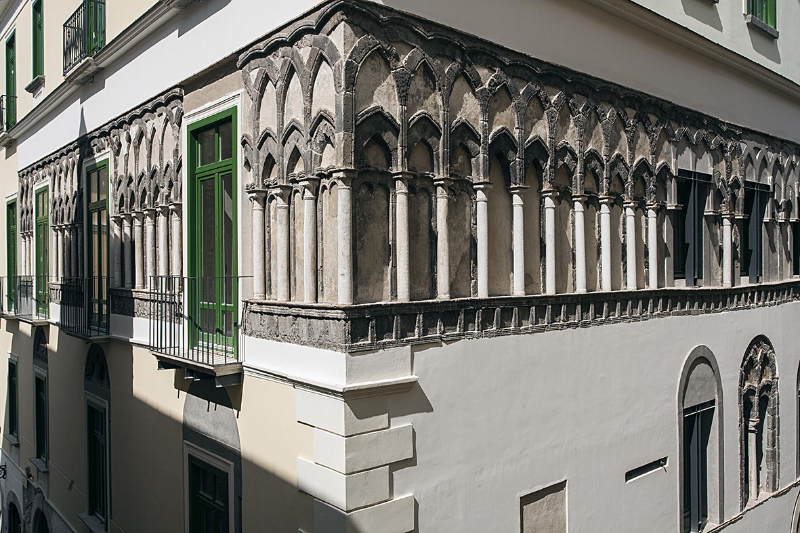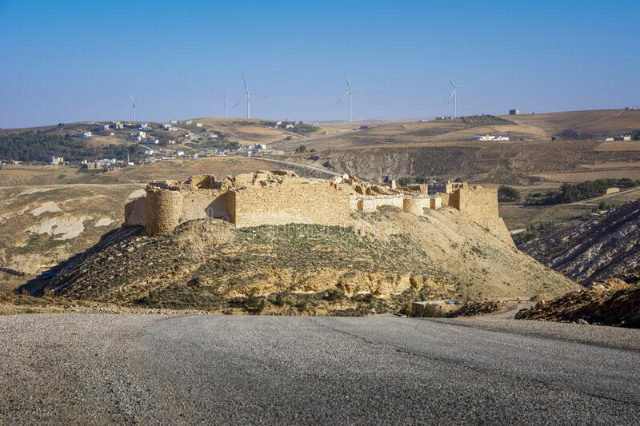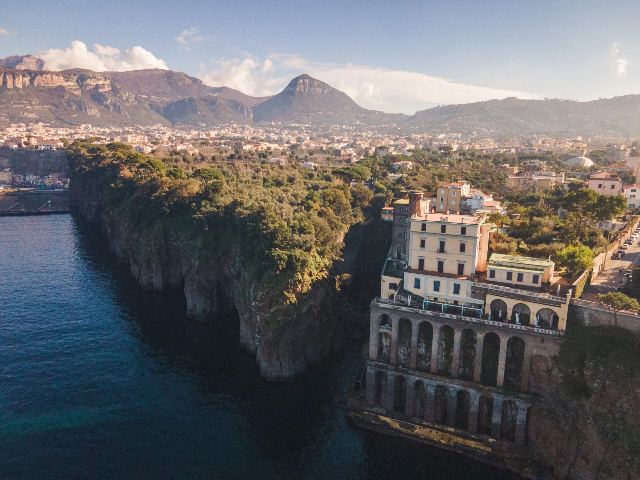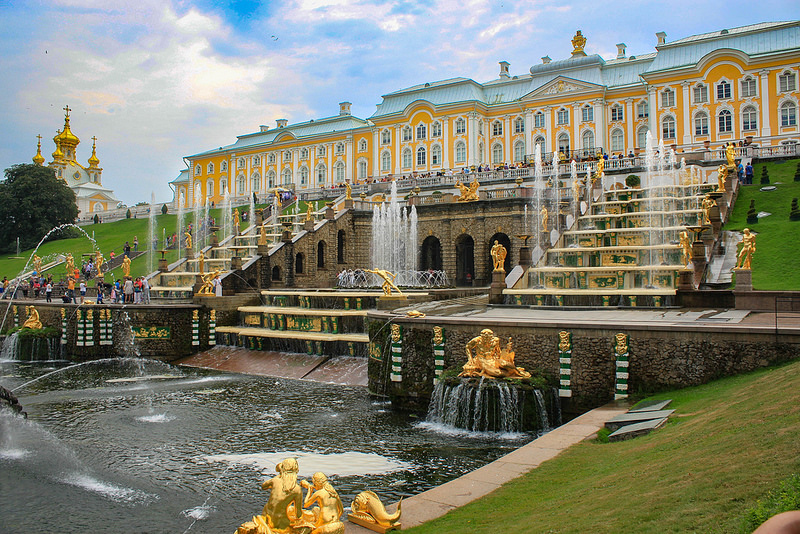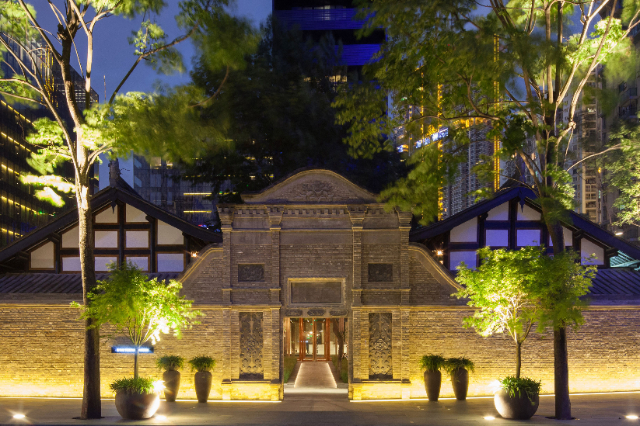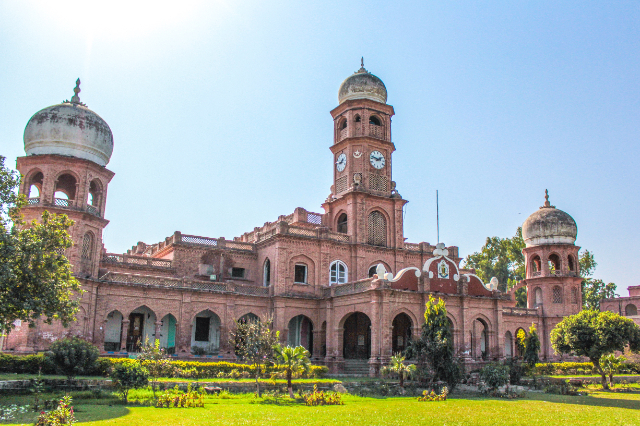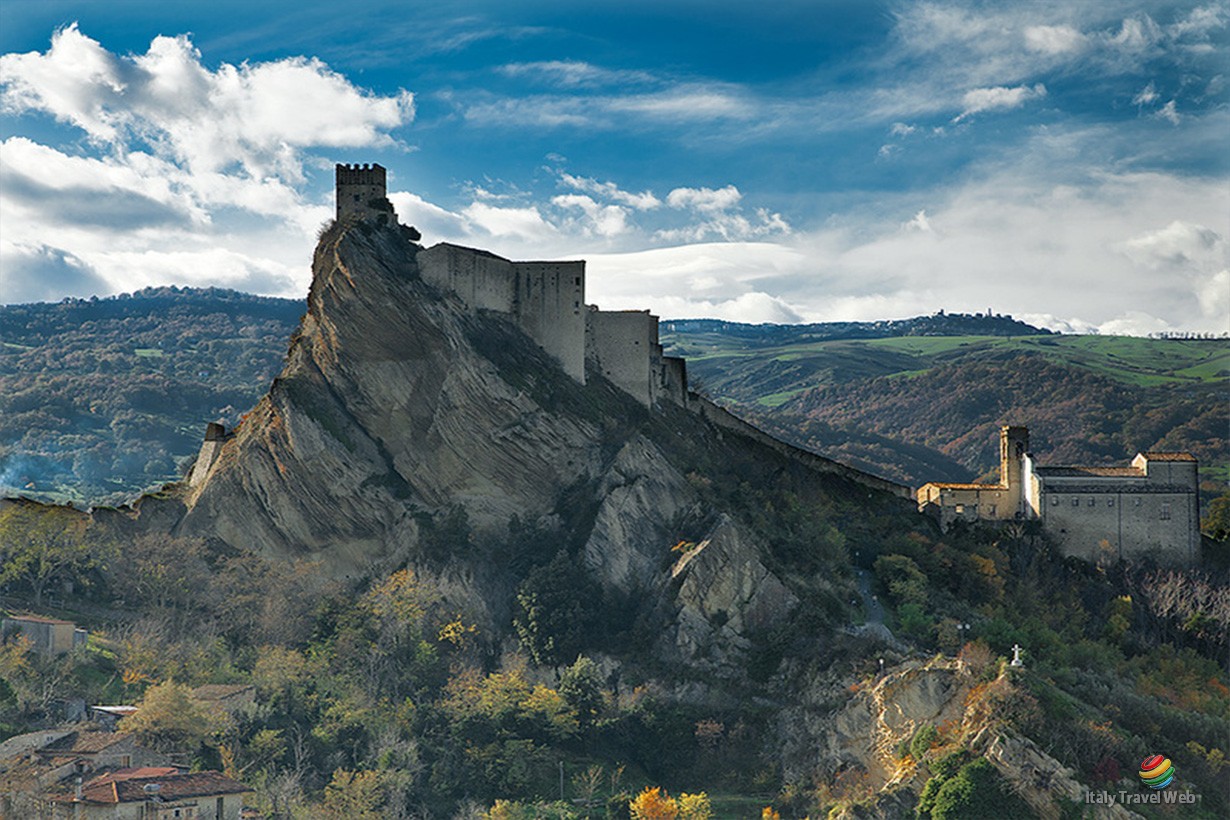Fruscione Palace is located in the oldest part of the historical center of Salerno, near the ancient canal road of Roman Salerno. The construction, begun in the 13th century, is partly based on the ruins of a thermal complex of the imperial age, and is located near the ancient arechian court. Its owner è was probably the Salerno doctor Giovanni da Procida.
Its position in the past has led to speculate that it was wrongly identified with the residence of Duke Arechi II. This thesis was unfounded becauseé the Chronicon Salernitanum places the palatine chapel of San Pietro a Corte, in the north of Arechi’s palace: Palazzo Fruscione, instead, is located north of the above mentioned church.
Some scholars thought it was Arechi’s palace, others thought it was a simple valuable building of medieval age and others thought it was a remake of Arechi II palace of Swabian age. A notarial document describing the building dates back to 1738; from the document it is clear that Fruscione Palace was not a civil residence but a "housing house" and this explains the numerous stables located on the ground floor. During the restoration works of the ’10s of the XXI century, traces of masonry were found that refer to a thermal complex of the imperial age, mosaics and frescoes of the II century. The room with the mosaic, whose walls are covered with decoration in relief of stucco and paintings, belonged to the Roman baths built between the first and second century AD, identified in the park of the building located in the south of the palace Fruscione. Traces of three subsequent restorations of the mosaic indicate that the baths were popular until the middle of the fifth century. Two tombs were found within the excavation that returned the human remains of two adult males between 30 and 40 years of age.
